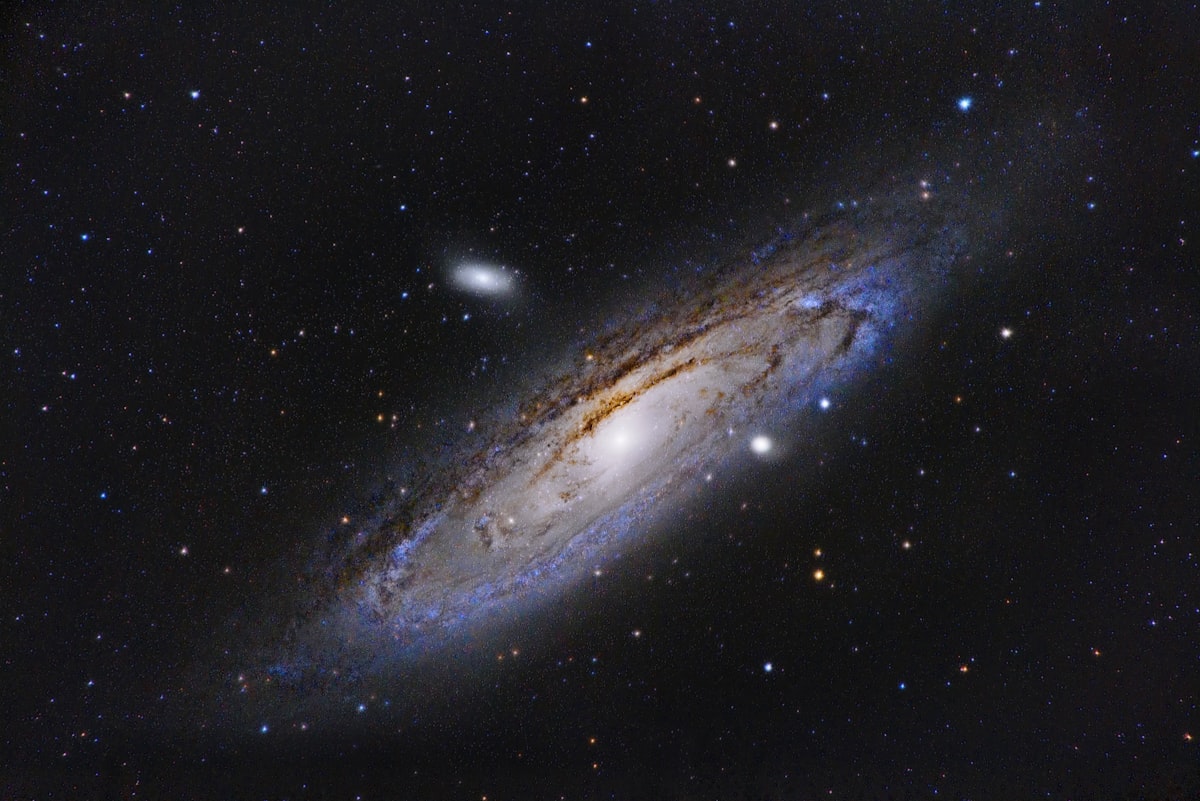International "MaNGA" program to analyze data from 10,000 galaxies
The international "MaNGA" program to analyze data from 10,000 galaxies seeks to characterize their properties and structures.

UNAM participates in an international program of Mapping Nearby Galaxies at Apache Point Observatory, known as "MaNGA" (Mapping Nearby Galaxies at APO), which has mapped approximately 10 thousand galaxies near the Milky Way at the observatory in New Mexico, United States, using a 2.5-meter telescope.
It is possible thanks to previous programs that analyzed hundreds of them and are part, along with "MaNGA", of the Sloan Digital Sky Survey, an international research project that began in 2000 sponsored by the Alfred P. Sloan Foundation. The project involves institutions from the United States, Great Britain, Germany, Spain, China, Chile, and Mexico, among others.
A sophisticated technique called integral field spectroscopy is fundamental for its operation, which allows the study of space objects over a two-dimensional field of vision; that is, it analyzes cubes with three dimensions: two spatial and one spectral, explained the researcher of the Institute of Astronomy (IA) of the UNAM and collaborator of the project, Sebastián Francisco Sánchez Sánchez.
Its use is increasingly frequent because it allows investigating the morphology or shape of large objects and their spectral properties simultaneously. Among the results, the scientists have found that star formation processes are governed by evolutionary laws that are the same at any scale, that galaxies grow from the inside out, and that when star formation stops, it also stops from the inside out.
"We have the whole range of variation of the different types of galaxies and so we can look for patterns. To make a simile, it is as if we used to study social populations city by city and now we are studying them neighborhood by neighborhood or colony by the colony. That is the change".
The "MaNGA" project consists of integral field spectroscopy sampling. This means that we are observing the entire galaxy in both spectra. There have been other similar projects, but the difference is the magnitude of the number that has been observed and the extension in time to observe, which has led us to have a depth of data. We have observed 10,000 galaxies, which had not been possible to obtain spectroscopic data for each one of them, the scientist added.
Approximately 500 spectra have been obtained for each one, information that describes the intensity of a radiation as a function of a characteristic magnitude, such as wavelength, energy or temperature.
"The volume of data we have obtained is about five or six million spectra in total and is derived from six years of observation. They are from galaxies that are very close to us, from the nearby Universe, and they seek to characterize the properties of galaxies. A large amount of data allows us to have much more detailed statistics of what these structures are really like, but it has required using the computer clusters of the Astronomy and Nuclear Science Institutes of the UNAM".
This means knowing in greater detail their characteristics, general patterns, and particularities. "Before, they were analyzed in a standardized way, and now we have observed all types of galaxies, that is the advantage. We have seen extremely dwarf, giant, elliptical, spiral, and irregular galaxies, among many others. We study the processes of star formation and star death, as well as metal formation."
The telescope, with a diameter of 2.5 meters in its primary mirror, has a large field of view of one square degree, and the technique allows observing several objects at the same time, on average 32 galaxies in each exposure of the equipment.




